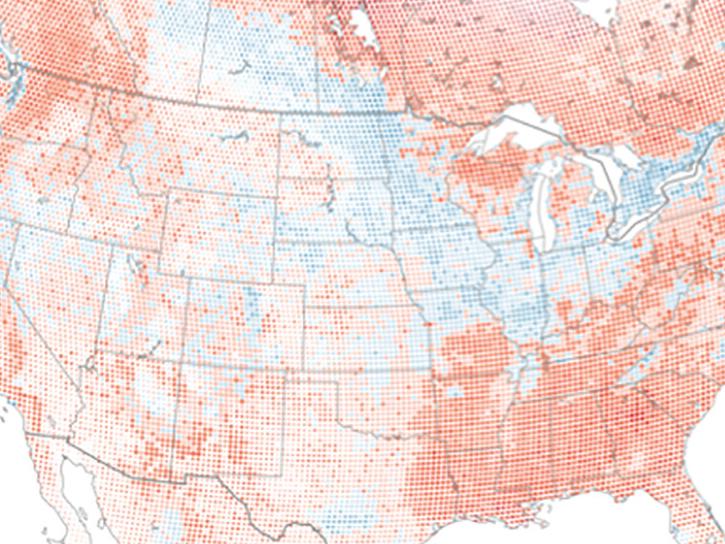Description
The Terra Advanced Spaceborne Thermal Emission and Reflection Radiometer (ASTER) Global Water Bodies Database (ASTWBD) Version 1 data product provides global coverage of water bodies larger than 0.2 square kilometers at a spatial resolution of 1 arc second (approximately 30 meters) at the equator, along with associated elevation information.
The ASTWBD data product was created in conjunction with the ASTER Global Digital Elevation Model (ASTER GDEM) Version 3 data product by the Sensor Information Laboratory Corporation (SILC) in Tokyo. The ASTER GDEM Version 3 data product was generated using ASTER Level 1A scenes acquired between March 1, 2000, and November 30, 2013. The ASTWBD data product was then generated to correct elevation values of water body surfaces.
To generate the ASTWBD data product, water bodies were separated from land areas and then classified into three categories: ocean, river, or lake. Oceans and lakes have a flattened, constant elevation value. The effects of sea ice were manually removed from areas classified as oceans to better delineate ocean shorelines in high latitude areas. For lake water bodies, the elevation for each lake was calculated from the perimeter elevation data using the mosaic image that covers the entire area of the lake. Rivers presented a unique challenge given that their elevations gradually step down from upstream to downstream; therefore, visual inspection and other manual detection methods were required.
The geographic coverage of the ASTWBD extends from 83°N to 83°S. Each tile is distributed in GeoTIFF format and referenced to the 1984 World Geodetic System (WGS84)/1996 Earth Gravitational Model (EGM96) geoid. Each data product is provided as a zipped file that contains an attribute file with the water body classification information and a DEM file, which provides elevation information in meters.
Version Description
Product Summary
Citation
Citation is critically important for dataset documentation and discovery. This dataset is openly shared, without restriction, in accordance with the EOSDIS Data Use and Citation Guidance.
Copy Citation
Documents
Dataset Resources
Publications Citing This Dataset
Variables
Variables are a set of physical properties whose values determine the characteristics or behavior of something. For example, temperature and pressure are variables of the atmosphere. Parameters and variables can be used interchangeably. Variable level attributes provide individual information for each variable.
The Science Data Set (SDS) Name in this table is the variable name. Fill value indicates missing or undefined data points in a variable. Valid range is the range of values the variable can store. Scale factor is used to increase or decrease the size of an object and can be used to correct for distortion. For questions on a specific variable, please use the Earthdata Forum.
| Name Sort descending | Description | Units | Data Type | Fill Value | Valid Range | Scale Factor |
|---|---|---|---|---|---|---|
| att | Classification of water body attribute | Class | uint8 | N/A | N/A to 3 | N/A |
| dem | Elevation | Meters | int16 | -9999 | -9999 to 9000 | N/A |
